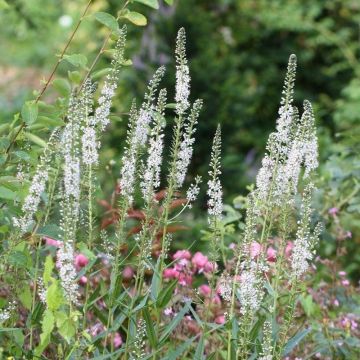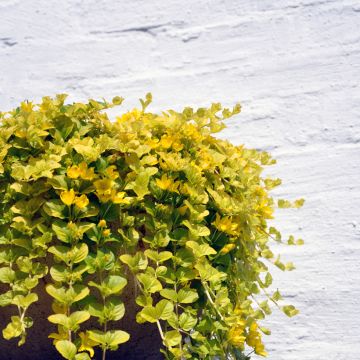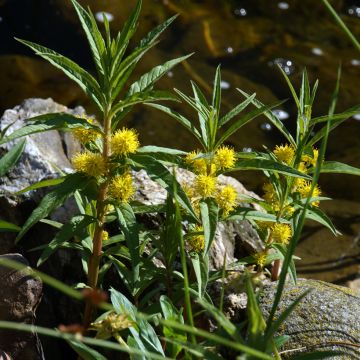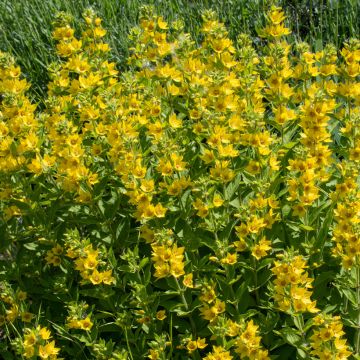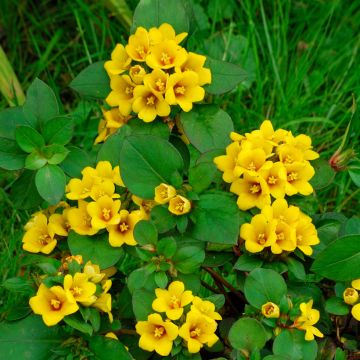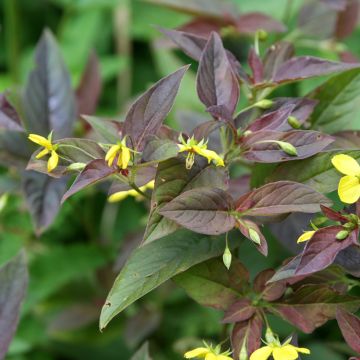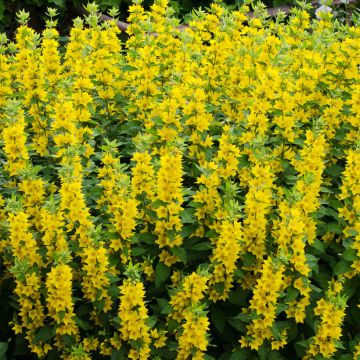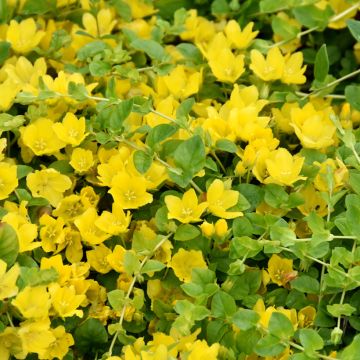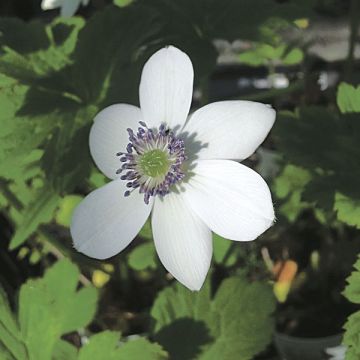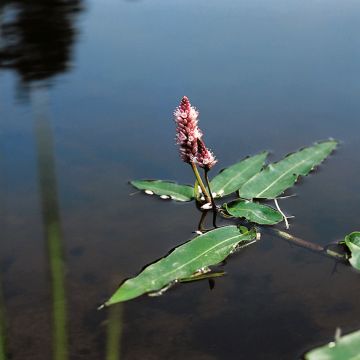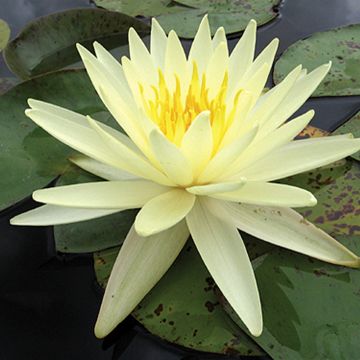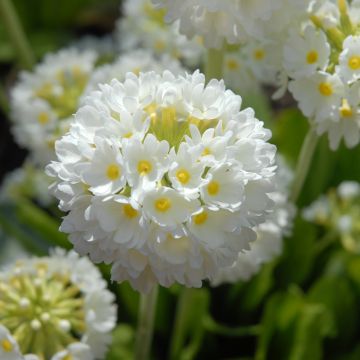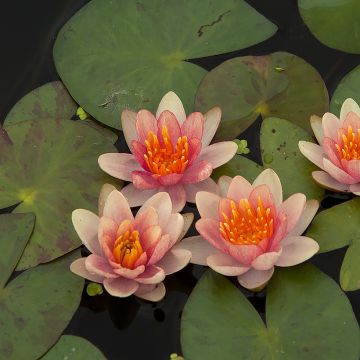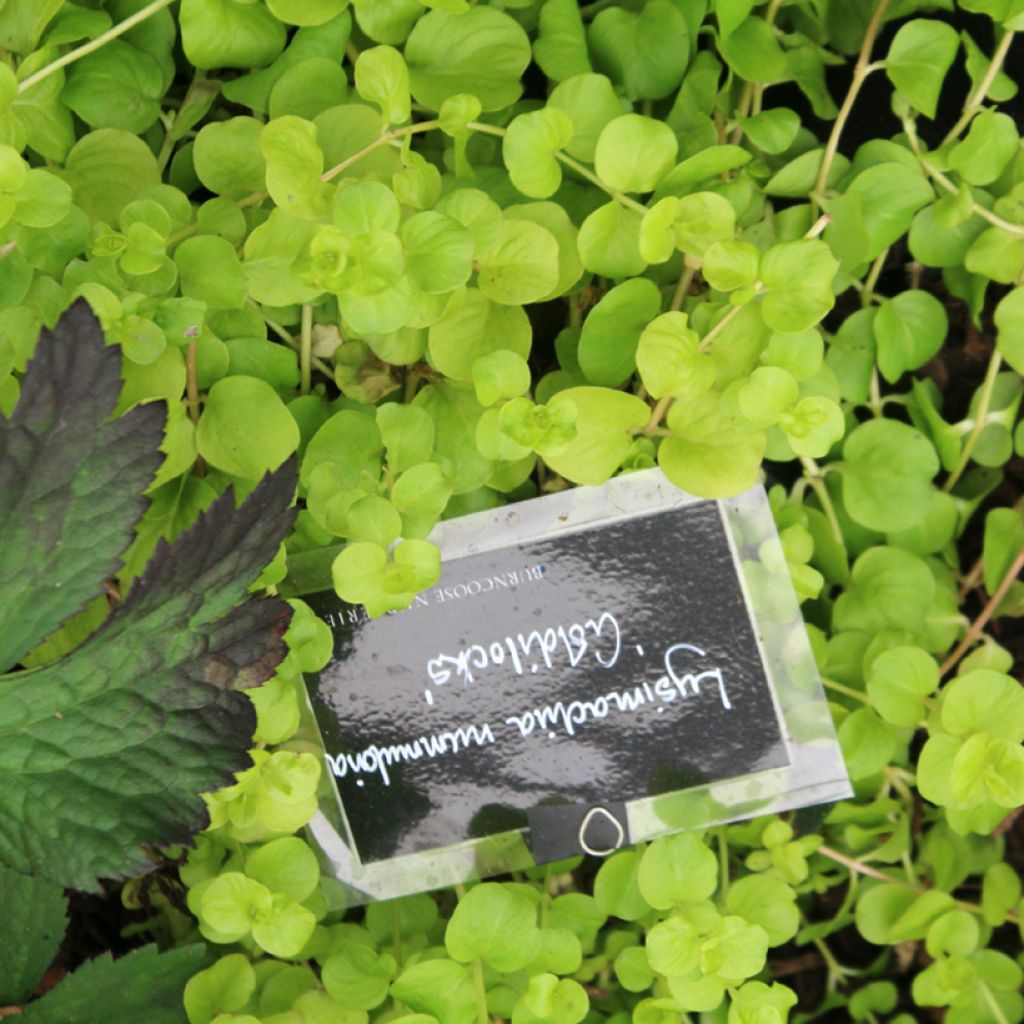

Lysimachia nummularia Goldilocks - Creeping Jenny


Lysimachia nummularia Goldilocks - Creeping Jenny
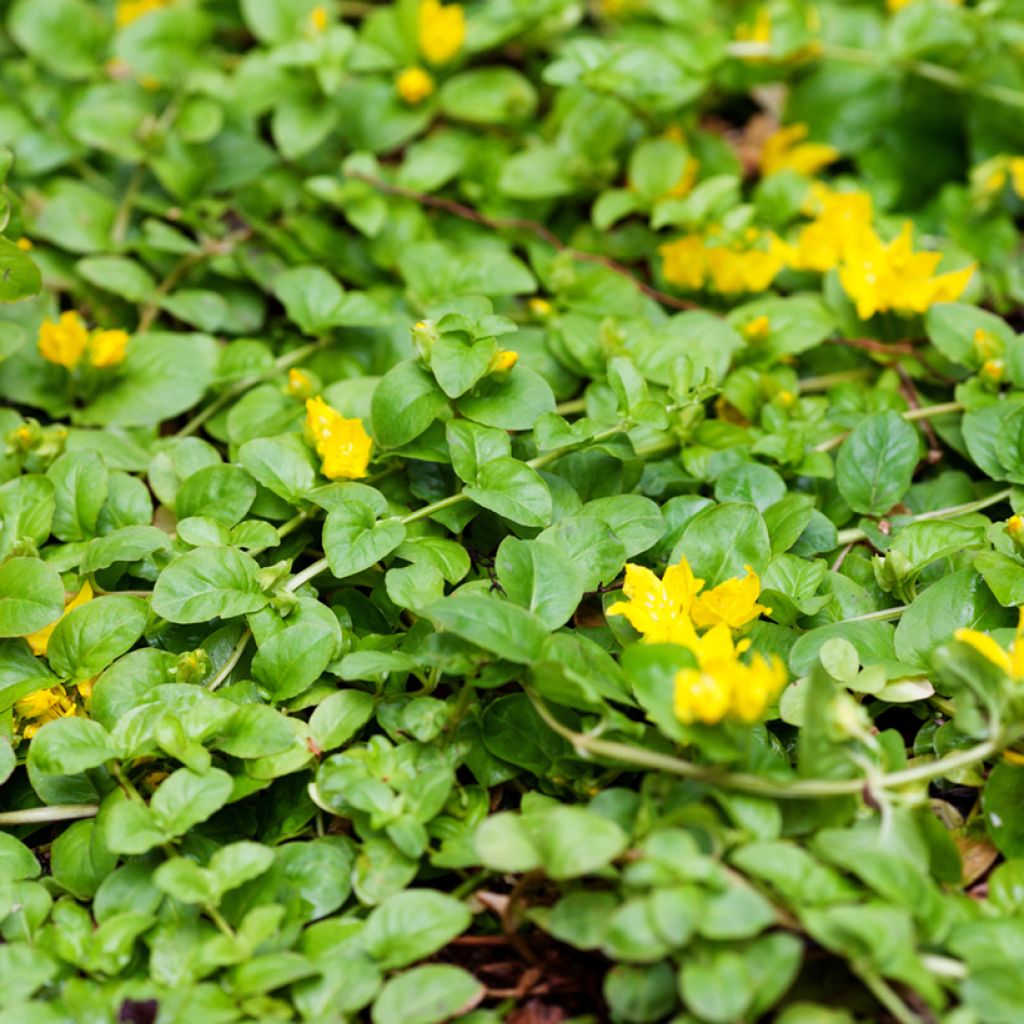

Lysimachia nummularia Goldilocks - Creeping Jenny
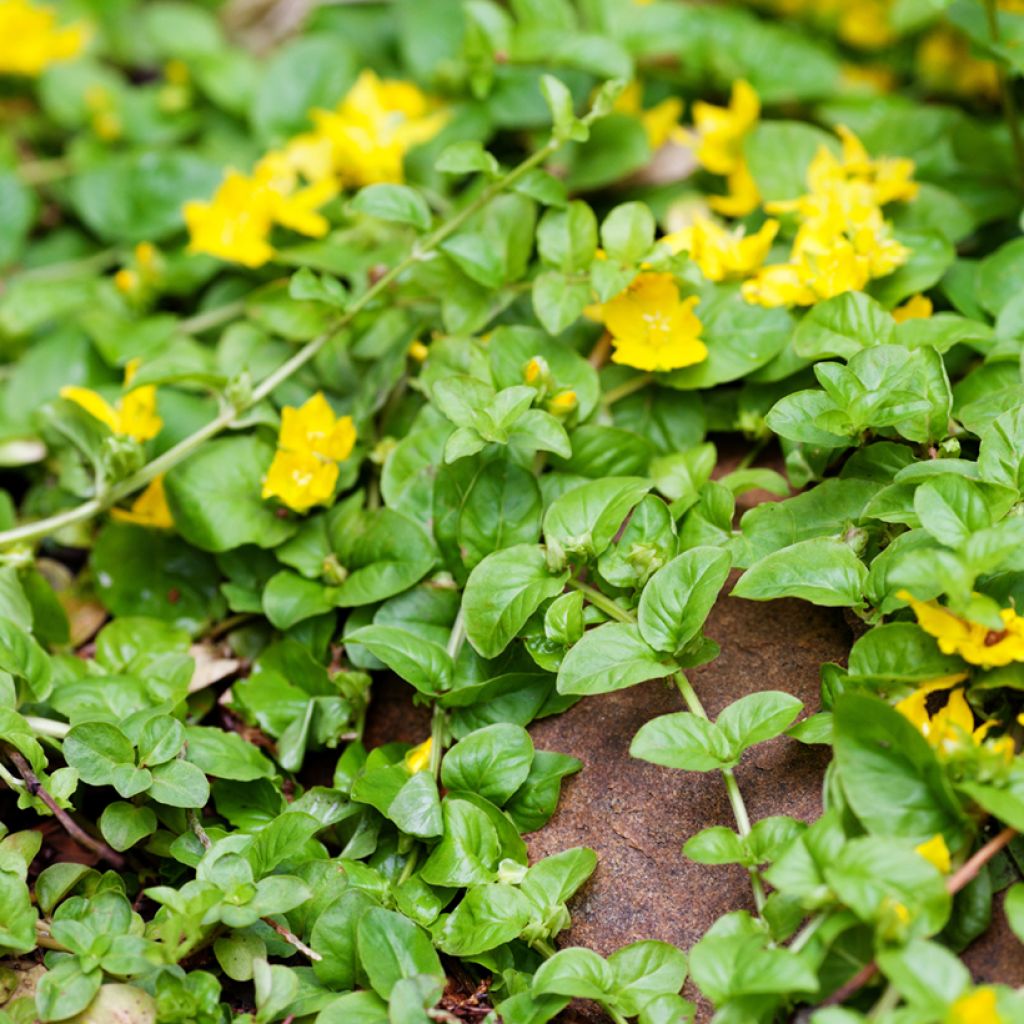

Lysimachia nummularia Goldilocks - Creeping Jenny
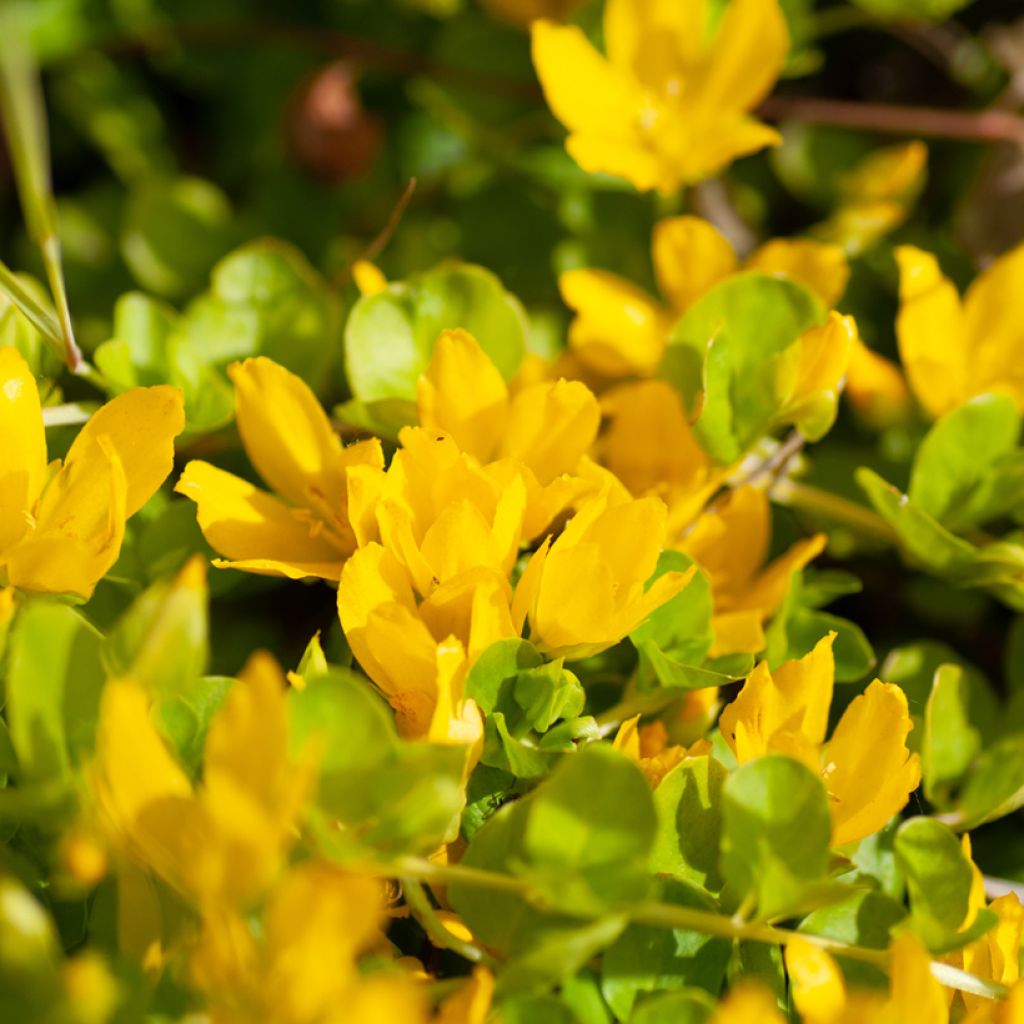

Lysimachia nummularia Goldilocks - Creeping Jenny
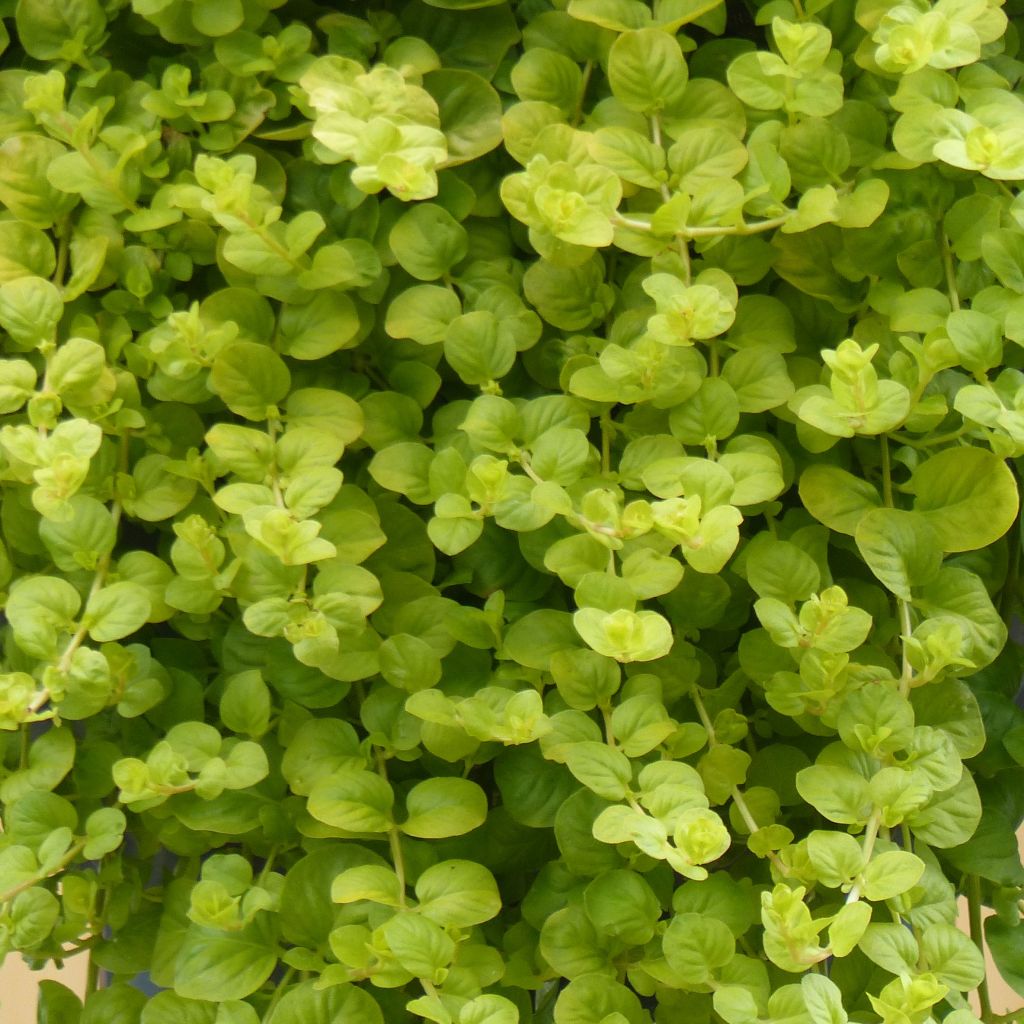

Lysimachia nummularia Goldilocks - Creeping Jenny
Lysimachia nummularia Goldilocks - Creeping Jenny
Lysimachia nummularia Goldilocks
Creeping Jenny, Creeping Charlie, Creeping Sally, Downhill-of-life, Herb Twopence, Money myrtle, Moneywort
This item cannot be shipped to the selected country
Delivery charge from €5.90
Delivery charge from €5.90
More information
Schedule delivery date,
and select date in basket
This plant carries a 6 months recovery warranty
More information
We guarantee the quality of our plants for a full growing cycle, and will replace at our expense any plant that fails to recover under normal climatic and planting conditions.
From €5.90 for pickup delivery and €6.90 for home delivery
Express home delivery from €8.90.
From €5.90 for pickup delivery and €6.90 for home delivery
Express home delivery from €8.90.

Does this plant fit my garden?
Set up your Plantfit profile →
Description
Lysimachia nummularia 'Goldilocks', also known as Moneywort, resembles a beautiful prostrate fern adorned in gold. With its finely cut leaves and small golden leaflets resembling coins, it is just as vigorous as its larger cousins and blooms all summer, brightening the darkest corners with its intense yellow cup-shaped flowers. It is a perennial plant found in wet forests, where its creeping stems take root in moist, shaded soils, quickly forming a good ground cover. This plant is also fabulous in pots, in summer compositions.
Lysimachia nummularia belongs to the Primulaceae family. It is native to Europe, Turkey, and the Caucasus, and has become widely naturalised in North America. It is a vigorous creeping perennial that rapidly forms a dense, 8cm (3in) thick carpet. It spreads and covers a significant area, at least 1m². It produces prostrate stems that root when in contact with moist soil, covered in small round and opposite leaves measuring 2cm (1in). The leaves are deciduous and of a bright golden yellow. Flowering occurs from June to August, with small 25mm (1in) diameter bright yellow solitary cups borne on short peduncles in the axils of the leaves. This plant spreads through stolons and can become invasive.
Lysimachia nummularia thrives in moist soil, in sunny or semi-shaded locations. It is particularly suitable for pond banks, where it quickly colonises until its leaves float on the water. It is very beautiful in moist rockeries, cascading between the stones.
Among annuals, its sculptural qualities can be maximised in floral compositions to adorn a patio or balcony. Its colour contrasts wonderfully with the blues of lobelias (Lobelia 'Hot Royal Blue'), the purples and violets of petunias, the purple foliage of morning glories ('Illusion Midnight'), or the rosy caramel hue of certain heucheras (Heuchera 'Southern Comfort').
Lysimachia nummularia has recognised medicinal properties.
Note: Please be aware that our young plug plants are professional products intended for experienced gardeners. Upon receipt, transplant and store them in a sheltered area (veranda, greenhouse, cold frame) at a temperature above 14°C (57.2°F) for a few weeks before placing them outdoors once the risk of frost has definitely passed.
Report an error about the product description
Lysimachia nummularia Goldilocks - Creeping Jenny in pictures


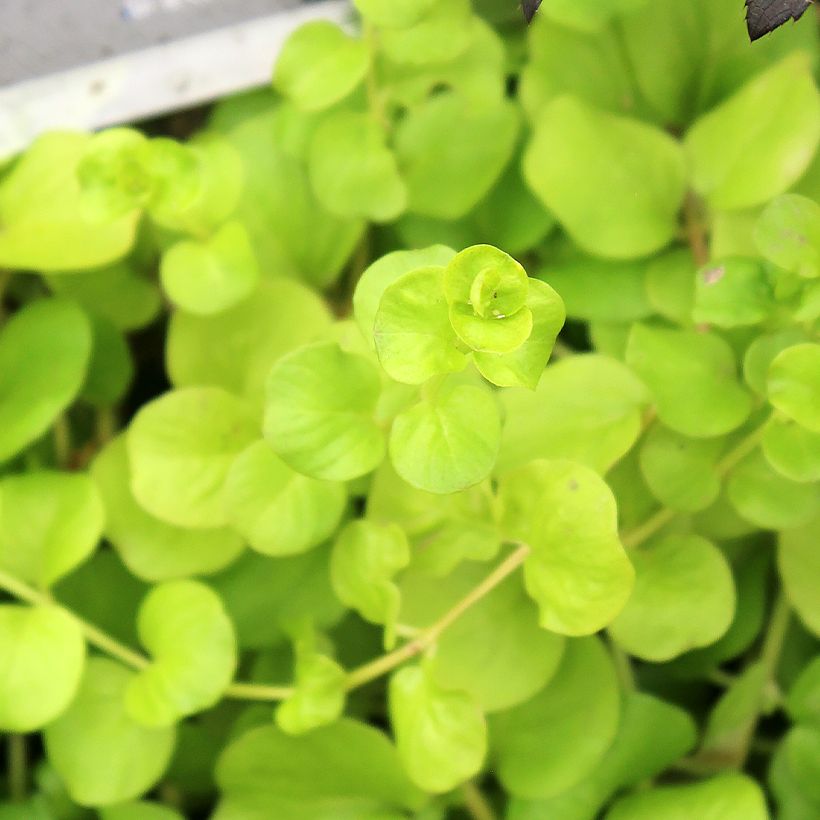

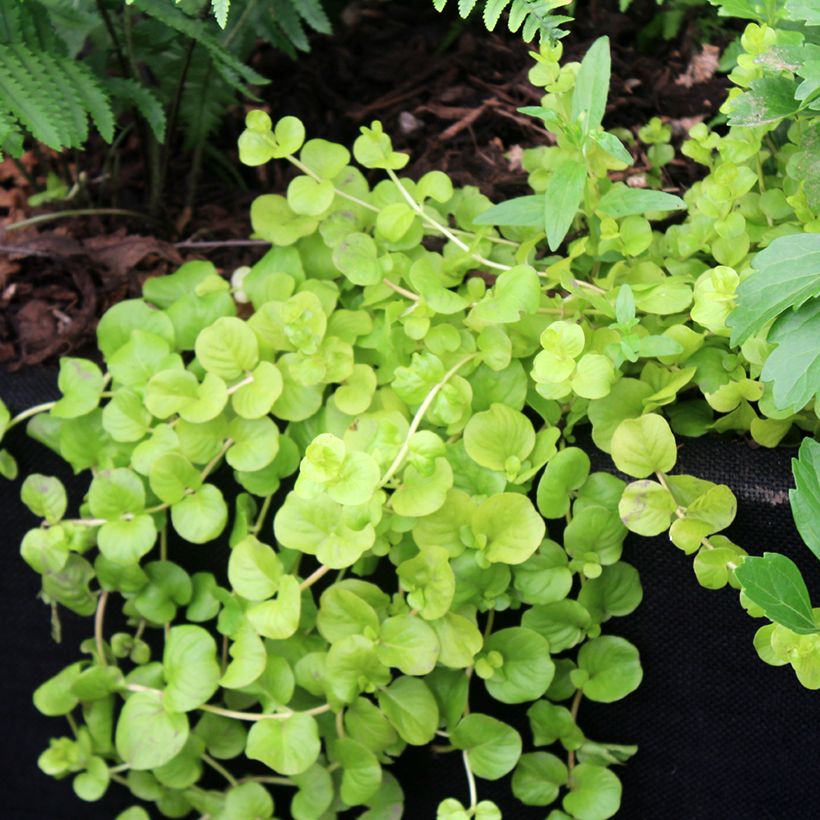

Flowering
Foliage
Plant habit
Botanical data
Lysimachia
nummularia
Goldilocks
Primulaceae - Myrsinaceae
Creeping Jenny, Creeping Charlie, Creeping Sally, Downhill-of-life, Herb Twopence, Money myrtle, Moneywort
Cultivar or hybrid
Other Lysimachia
Planting and care
Lysimachia nummularia 'Goldilocks' prefers rich, clayey to humiferous soils, moist to wet conditions, and a semi-shaded exposure. This surprising perennial, however, can tolerate drier soils if watered during the summer. Full sun is also possible, provided the soil is very moist. Remarkably robust, it can be occasionally trampled without damage. This plant accepts slightly acidic, neutral, or even limestone soils. It does not require any particular maintenance, but it is sometimes necessary to control its growth.
Planting period
Intended location
Care
-
, onOrder confirmed
Reply from on Promesse de fleurs
Aquatic plants
Haven't found what you were looking for?
Hardiness is the lowest winter temperature a plant can endure without suffering serious damage or even dying. However, hardiness is affected by location (a sheltered area, such as a patio), protection (winter cover) and soil type (hardiness is improved by well-drained soil).

Photo Sharing Terms & Conditions
In order to encourage gardeners to interact and share their experiences, Promesse de fleurs offers various media enabling content to be uploaded onto its Site - in particular via the ‘Photo sharing’ module.
The User agrees to refrain from:
- Posting any content that is illegal, prejudicial, insulting, racist, inciteful to hatred, revisionist, contrary to public decency, that infringes on privacy or on the privacy rights of third parties, in particular the publicity rights of persons and goods, intellectual property rights, or the right to privacy.
- Submitting content on behalf of a third party;
- Impersonate the identity of a third party and/or publish any personal information about a third party;
In general, the User undertakes to refrain from any unethical behaviour.
All Content (in particular text, comments, files, images, photos, videos, creative works, etc.), which may be subject to property or intellectual property rights, image or other private rights, shall remain the property of the User, subject to the limited rights granted by the terms of the licence granted by Promesse de fleurs as stated below. Users are at liberty to publish or not to publish such Content on the Site, notably via the ‘Photo Sharing’ facility, and accept that this Content shall be made public and freely accessible, notably on the Internet.
Users further acknowledge, undertake to have ,and guarantee that they hold all necessary rights and permissions to publish such material on the Site, in particular with regard to the legislation in force pertaining to any privacy, property, intellectual property, image, or contractual rights, or rights of any other nature. By publishing such Content on the Site, Users acknowledge accepting full liability as publishers of the Content within the meaning of the law, and grant Promesse de fleurs, free of charge, an inclusive, worldwide licence for the said Content for the entire duration of its publication, including all reproduction, representation, up/downloading, displaying, performing, transmission, and storage rights.
Users also grant permission for their name to be linked to the Content and accept that this link may not always be made available.
By engaging in posting material, Users consent to their Content becoming automatically accessible on the Internet, in particular on other sites and/or blogs and/or web pages of the Promesse de fleurs site, including in particular social pages and the Promesse de fleurs catalogue.
Users may secure the removal of entrusted content free of charge by issuing a simple request via our contact form.
The flowering period indicated on our website applies to countries and regions located in USDA zone 8 (France, the United Kingdom, Ireland, the Netherlands, etc.)
It will vary according to where you live:
- In zones 9 to 10 (Italy, Spain, Greece, etc.), flowering will occur about 2 to 4 weeks earlier.
- In zones 6 to 7 (Germany, Poland, Slovenia, and lower mountainous regions), flowering will be delayed by 2 to 3 weeks.
- In zone 5 (Central Europe, Scandinavia), blooming will be delayed by 3 to 5 weeks.
In temperate climates, pruning of spring-flowering shrubs (forsythia, spireas, etc.) should be done just after flowering.
Pruning of summer-flowering shrubs (Indian Lilac, Perovskia, etc.) can be done in winter or spring.
In cold regions as well as with frost-sensitive plants, avoid pruning too early when severe frosts may still occur.
The planting period indicated on our website applies to countries and regions located in USDA zone 8 (France, United Kingdom, Ireland, Netherlands).
It will vary according to where you live:
- In Mediterranean zones (Marseille, Madrid, Milan, etc.), autumn and winter are the best planting periods.
- In continental zones (Strasbourg, Munich, Vienna, etc.), delay planting by 2 to 3 weeks in spring and bring it forward by 2 to 4 weeks in autumn.
- In mountainous regions (the Alps, Pyrenees, Carpathians, etc.), it is best to plant in late spring (May-June) or late summer (August-September).
The harvesting period indicated on our website applies to countries and regions in USDA zone 8 (France, England, Ireland, the Netherlands).
In colder areas (Scandinavia, Poland, Austria...) fruit and vegetable harvests are likely to be delayed by 3-4 weeks.
In warmer areas (Italy, Spain, Greece, etc.), harvesting will probably take place earlier, depending on weather conditions.
The sowing periods indicated on our website apply to countries and regions within USDA Zone 8 (France, UK, Ireland, Netherlands).
In colder areas (Scandinavia, Poland, Austria...), delay any outdoor sowing by 3-4 weeks, or sow under glass.
In warmer climes (Italy, Spain, Greece, etc.), bring outdoor sowing forward by a few weeks.

































